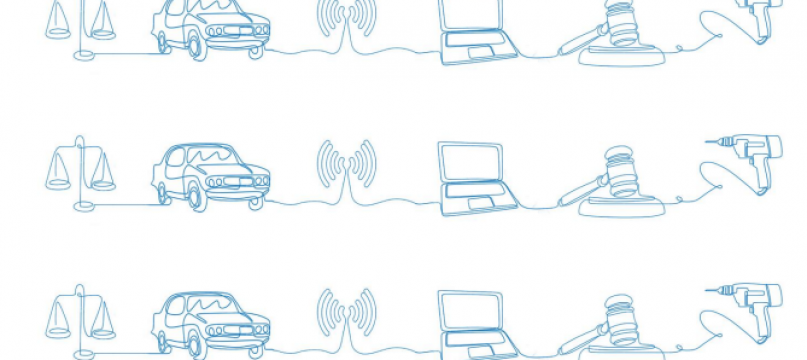
While confirming the need for a specific EU regulatory solution for access to in-vehicle data and resources to ensure competition, innovation, and consumer choice, a study commissioned by FIA European Bureau concludes that the S-OTP is also the most balanced data-sharing architecture in terms of liability.
The study shows that the surge of new technologies, and the related shifting from products to digital services, has not been accompanied by the introduction of new rules; therefore, specific liability provisions tailored for digital services are lacking, and different and layered bodies of law apply, randomly allocating responsibilities and thus increasing uncertainty. The study therefore concludes that the current liability framework must be adapted to fully consider new digital services.
Laurianne Krid, Director General at FIA Region I, commented: ‘’New products and services should not be less safe than traditional products. The liability regime should therefore be upgraded to reassure the consumer in terms of the level of protection granted’’.
Liability has been sometimes invoked as an argument not to allow direct access to in-vehicle data by independent service providers, and to justify the “Extended Vehicle” model, which allows Vehicle Manufacturers to keep control over data flows and perpetuate unfair competition. “Our study proves that third-party direct access to in-vehicle data, functions, and resources, when done in a secure manner, through the S OTP, would not inherently increase Vehicle Manufacturers’ liability’, added Laurianne Krid.
Based on current EU liability legislation, the study concludes, Vehicle Manufacturers could be primarily liable for security over the vehicles’ lifetime, but they would keep the right to claim remedies from the actual responsible.
The study also determined that, if a connected vehicle with embedded apps is considered a ‘product’ under the Product Liability Directive, strict product liability may only apply for damages triggered by defects that are already present at the time of putting the product into circulation. Therefore, compensation for damages will require proof of a fault or defect, dramatically lowering the chances of consumer’s success in claims in the digital world. Laurianne Krid concluded: “Citizens deserve a predictable and consumer-friendly liability framework
covering digital products and services’’.
Notes to editors
The objective of the legal study commissioned by the FIA European Bureau is the analysis of liabilities that lie with the Independent Service Providers (ISPs) when providing vehicle Repair & Maintenance.
The Study proceeds based on the assumption that Secure-On Board Telematics Platform (S-OTP), as outlined in the FIA European Bureau Security Study, is implemented at EU level. The S-OTP concept calls for all service providers to have equal access to the data, functions, and resources of the vehicle.
Having described the European vehicle connectivity context, the study provides a thorough examination of the regulatory framework relevant for liability. Based on this analysis, the research draws an outlook responsibilities and future liabilities for ISPs and Vehicle Manufacturers when providing independent services by means of the secure S-OTP. The study also examines the advantages and disadvantages of the secure S-OTP, in terms of ISPs liabilities, in comparison with the alternative data-access architectures.
Lastly, the research draws the potential consequences of a reform of the ‘product’ concept under the Product Liability Directive and the inclusion of the operator’s role.
The FIA European Bureau is a consumer body representing 67 Motoring and Touring Clubs and their 36 million members from across Europe. The FIA European Bureau represents the interests of its members as motorists, riders, pedestrians and passengers. The FIA European Bureau is working to ensure safe, affordable, clean and efficient mobility for all.
Learn more at www.fiaregion1.com
Download the study here : Study
Contact:
Mr Diogo Pinto
Policy Director
dpinto@fia.com